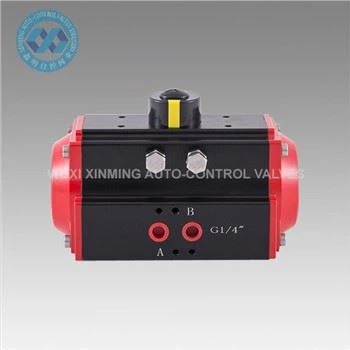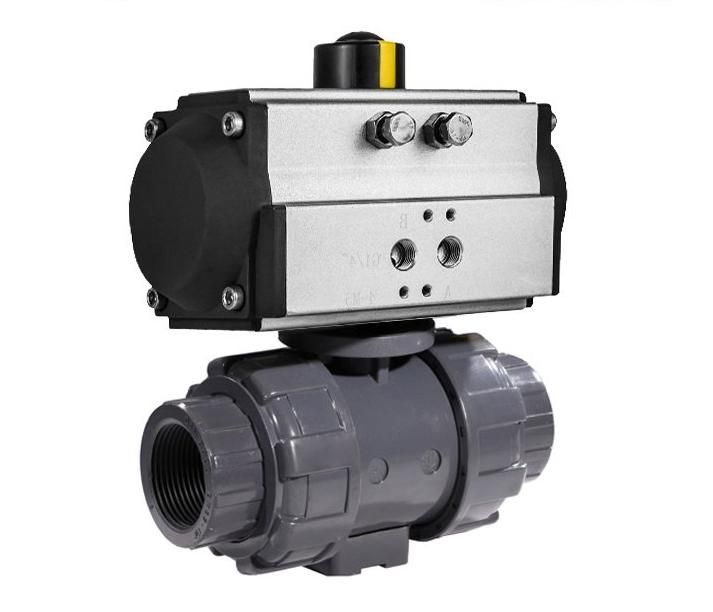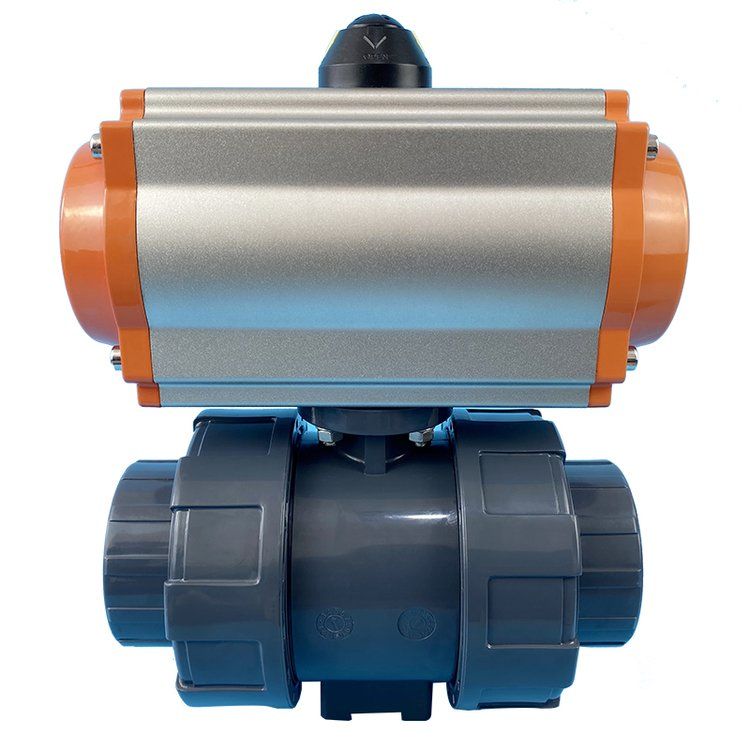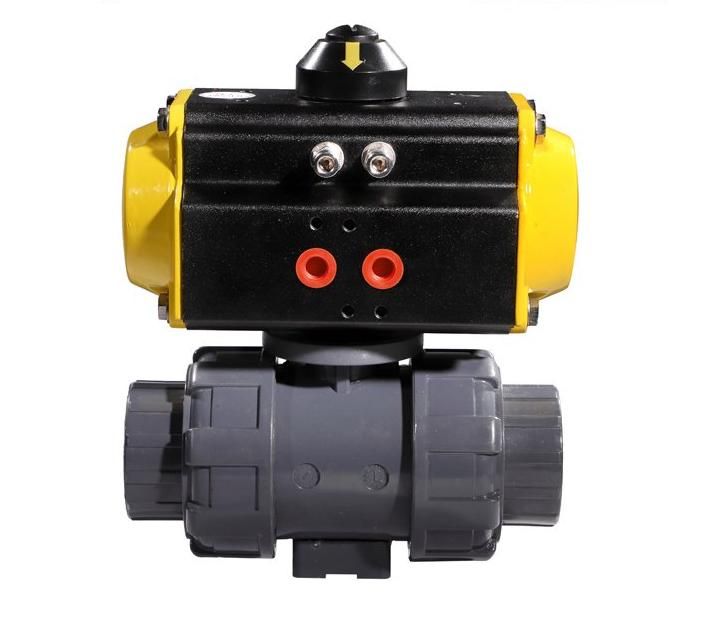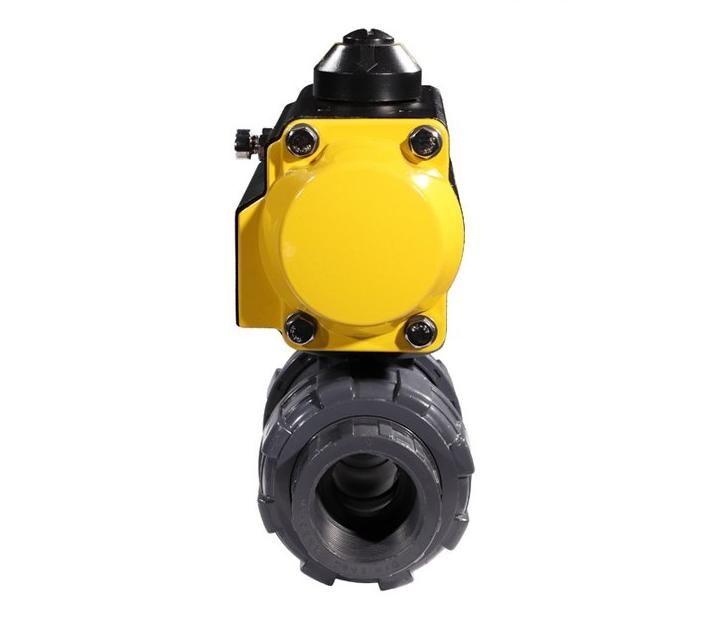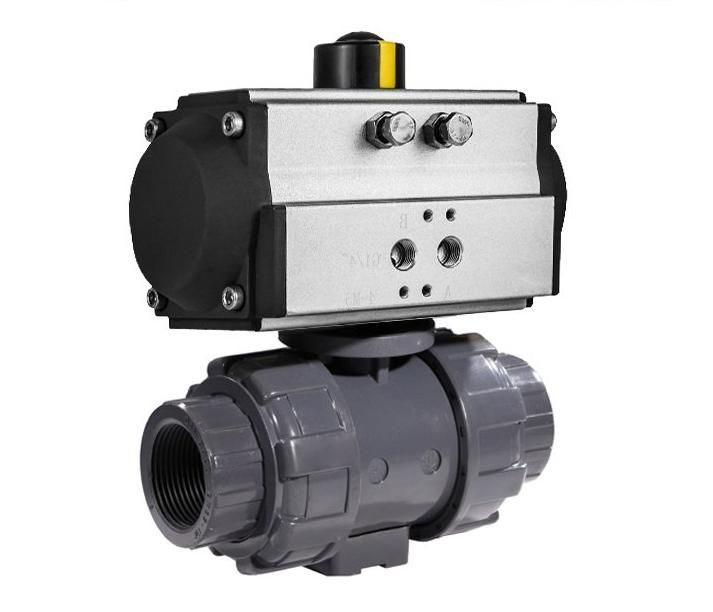Force Output in Single-Acting Pneumatic Actuators: Key Differences
Single-acting pneumatic actuators exhibit variable force output due to their spring-return design, with distinct characteristics in each stroke direction:
1. Extend Stroke (Air-Powered)
- Force: Matches theoretical pneumatic force (F = P × A, where P = air pressure, A = piston area)
- Example: At 6 bar, a 100 cm² piston generates ~600 N (135 lbf)
- Consistency: Stable output if air supply remains constant
2. Return Stroke (Spring-Powered)
- Force: Determined by spring preload and rate (typically 20–50% lower than air-driven force)
- Example: A 600 N actuator might deliver only 300 N during return
- Progressive Decline: Force weakens slightly over millions of cycles as springs fatigue
3. Key Variables Affecting Force
- Spring Stiffness: Heavy-duty springs increase return force but require higher air pressure to compress
- Pressure Limits: Standard models (6–8 bar) cap extend force; high-pressure variants (10+ bar) boost output
- Size Scaling: Force scales linearly with piston diameter (e.g., 200 cm² piston doubles output at same pressure)
Design Trade-offs
- Higher return force = Slower cycle speed (stronger springs resist motion)
- Compact actuators sacrifice force for space savings
Applications
- Low-Force Return: Ideal for lightweight valves (HVAC, water)
- Balanced Force: Scotch-yoke designs mitigate asymmetry for quarter-turn valves
If you want to learn more about low-priced products, please visit the following website: www.xm-valveactuator.com






